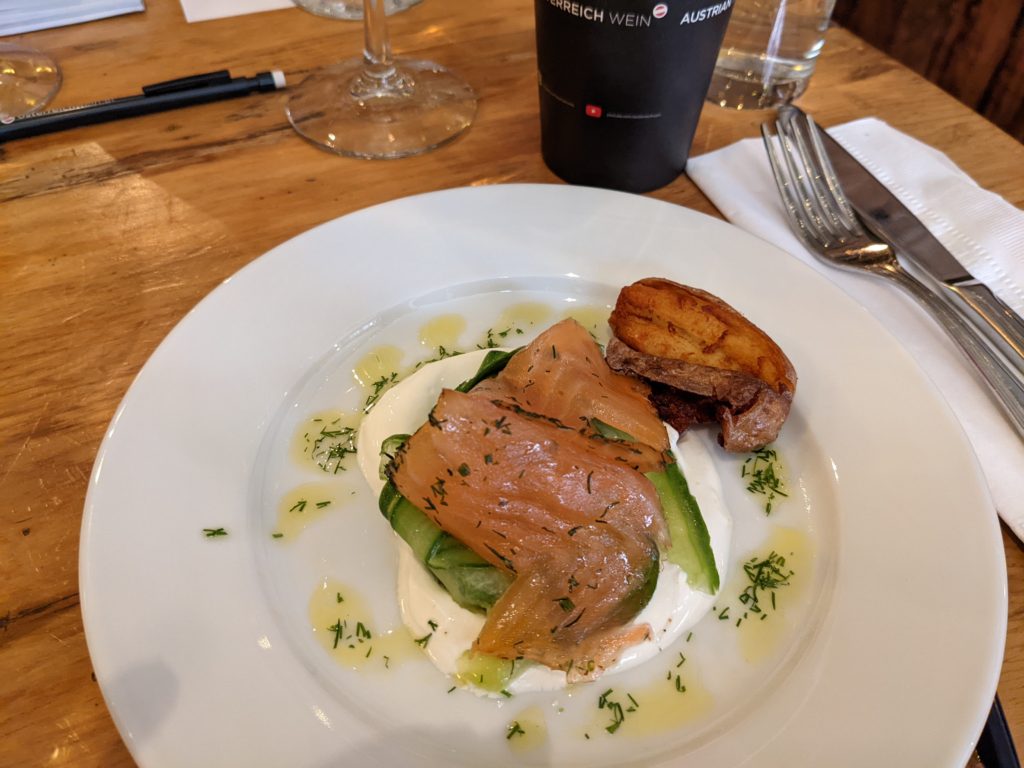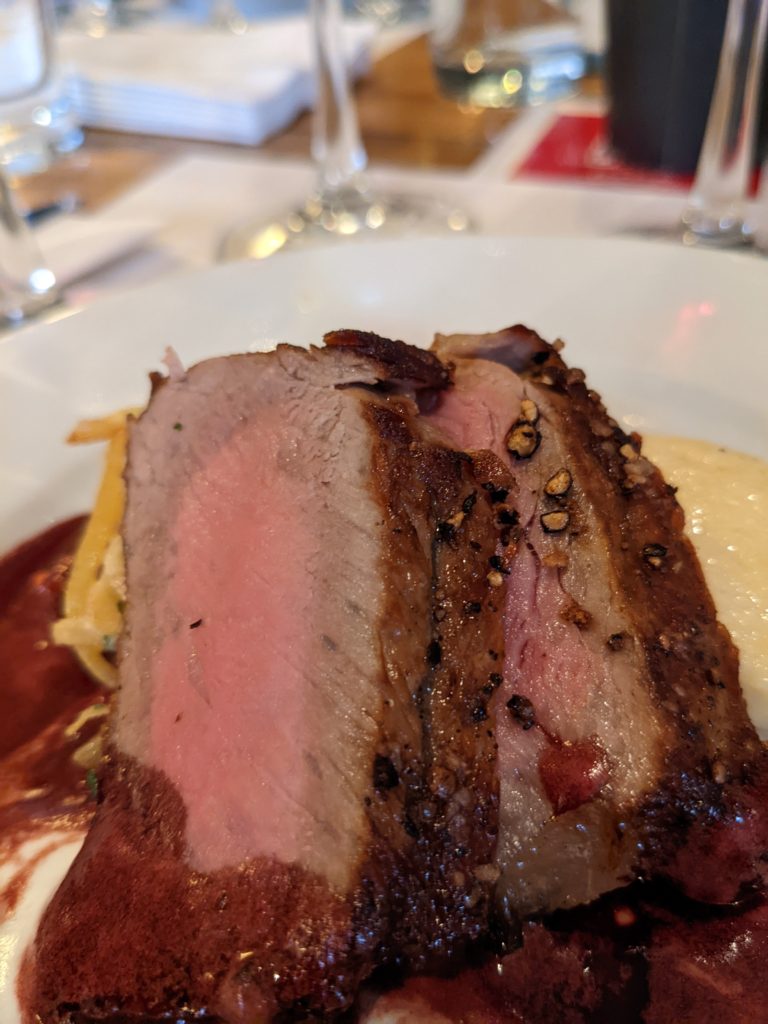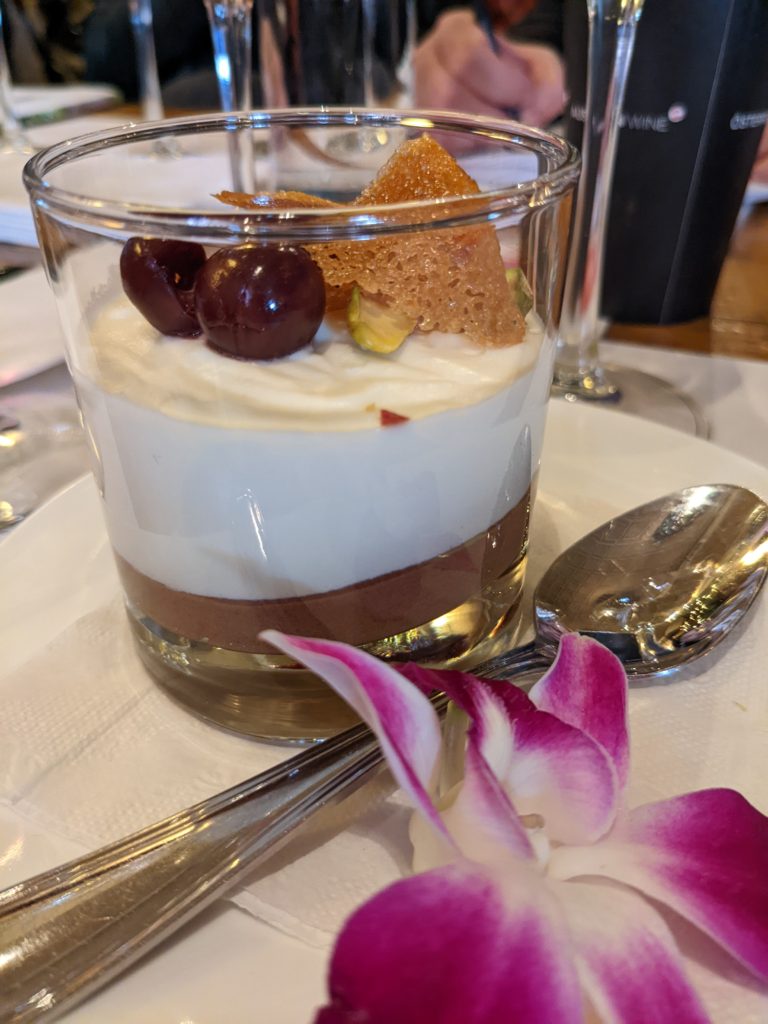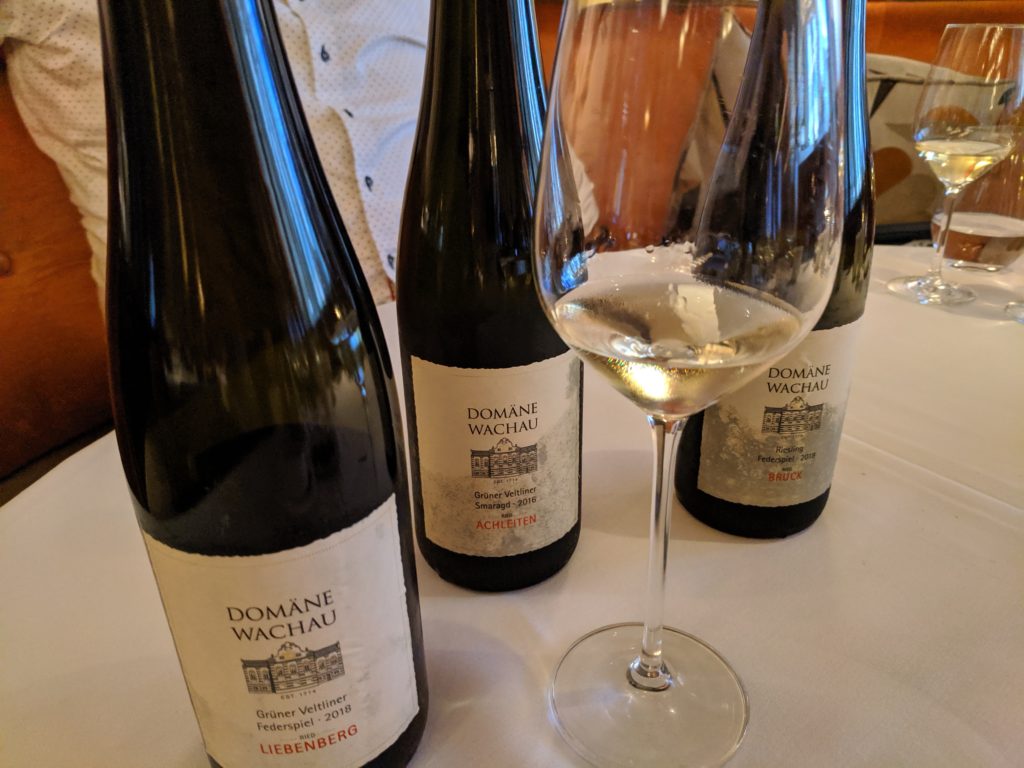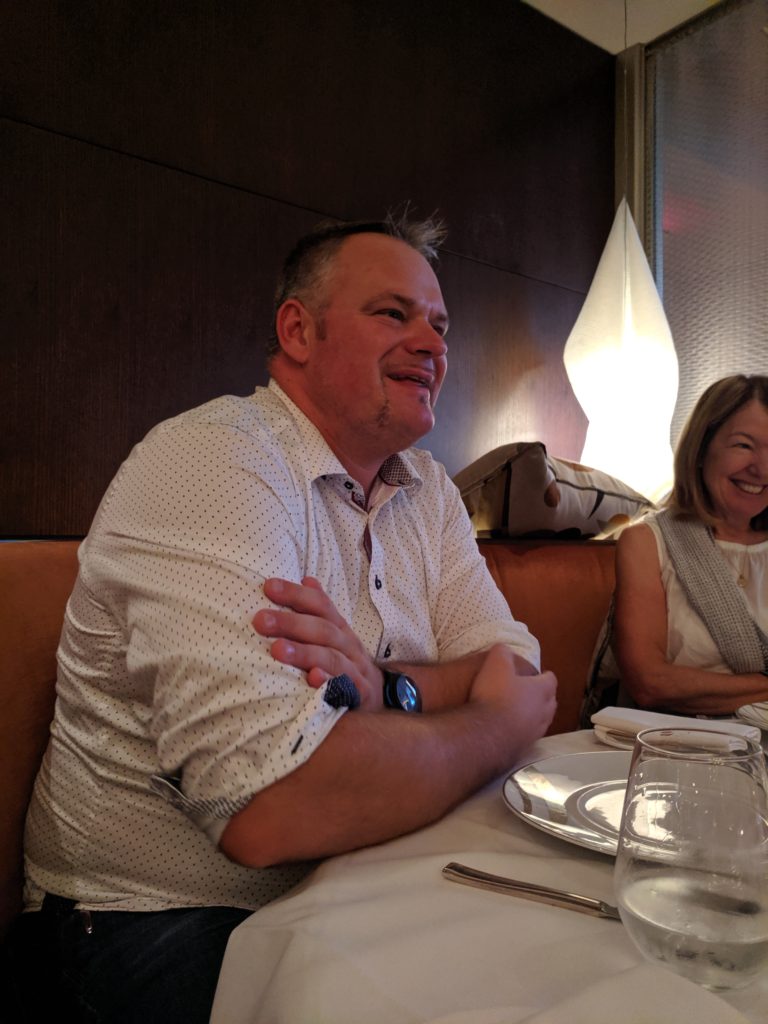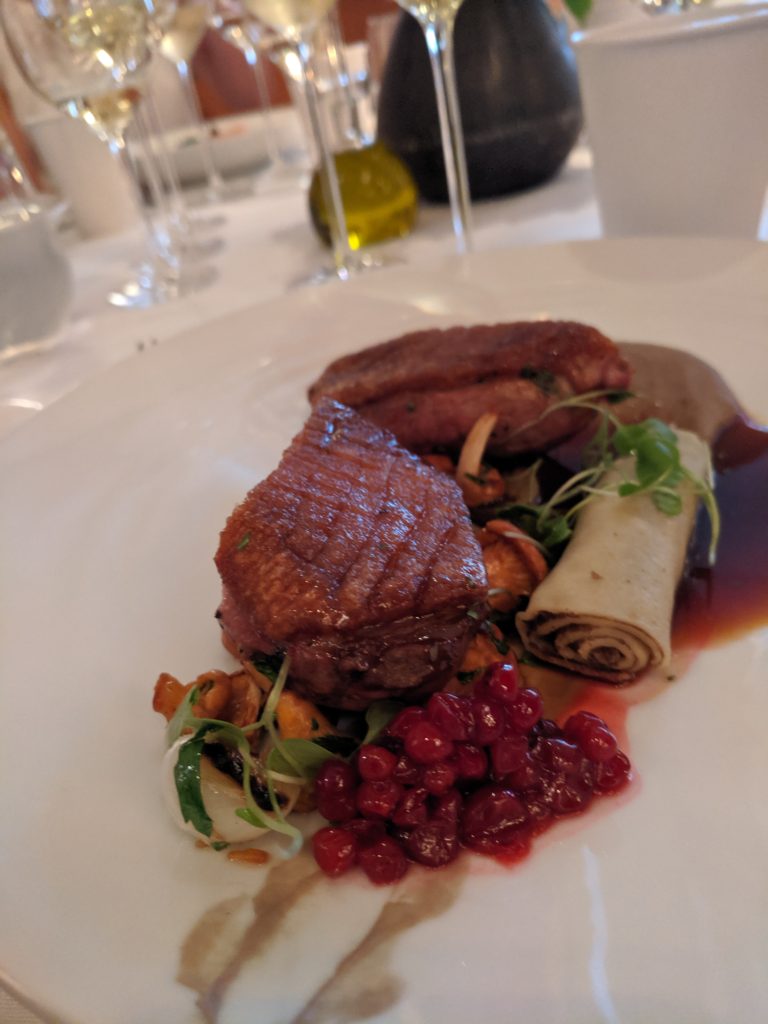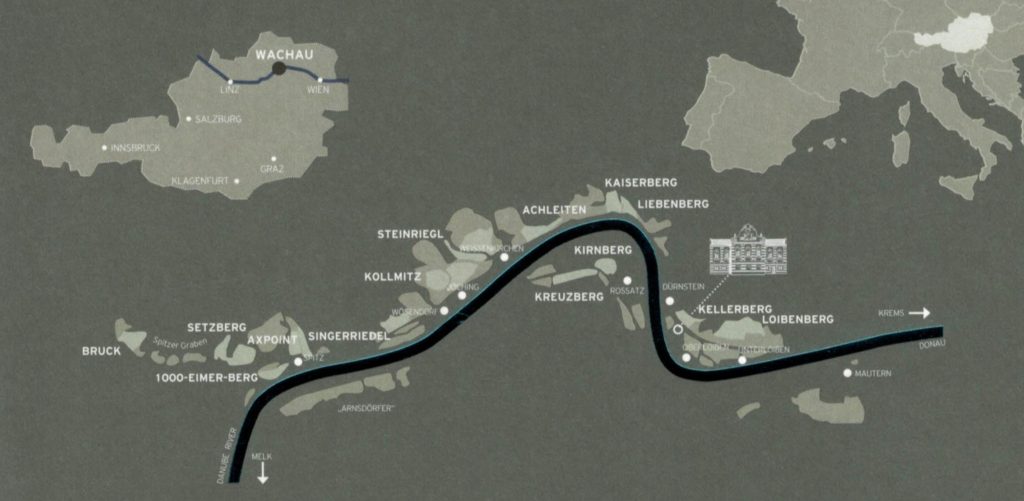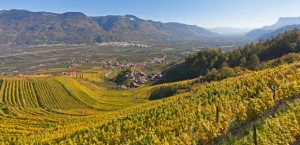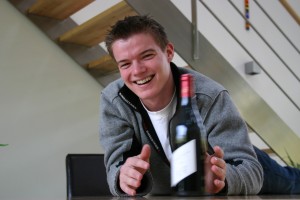Austrian wines are less well-known than those from say Italy or Spain, but they are definitely deserving of one’s attention. Austria had a wine scandal back in the 1980s, but with swift action, the implementation of stringent production laws and a re-dedication to quality, the country came back stronger than ever. Since then, further steps toward quality wine production, such as the creation of the DAC (Districtus Austriae Controllatus) system in 2001, which designates regions, grape varieties and general typicity.
Home to three quality wine regions: Niederosterreich, Burgenland and Steiermark, there is a rich diversity in climate, soil and typicity among Austrian wines. Yet, they are all firmly focused on producing the highest quality.
Moreover, given the need to walk the straight and narrow in the wake of the scandal, for decades winemakers stuck to a completely clean style of winemaking, ensuring the consumer that their wines were fresh and unadulterated. Yet, today, with renewed consumer support and trust, winemakers have felt the leeway to experiment with more modern techniques and new styles, resulting in more diversity and modernity.
A recent tasting at Café Katja in New York’s Lower East Side was the perfect setting in which to receive a more formal introduction to the diversity of Austrian wine and, in particular, to Burgenland’s reds and whites. More specifically, the options offered up a sampling of different wine styles, both traditional and modern. With this aim, four different flights, each paired with a different dish prepared by Chef Erwin Schrottner, provided an opportunity to taste a selection of whites, lighter reds, heavier reds and a dessert wine alongside traditional Austrian cuisine.
Within Burgenland, the majority (52%) of vineyards are found nestled around the shallow Lake Neusiedler, which has an important climatic influence on the vines, moderating what would otherwise be a continental climate. This area is known primarily for its reds, which account for 56% of plantings, with Blaufrankisch and Zweigelt taking the top two spots. The cooler southern section of Burgenland is known more for its fresh, white wines. And, although international varieties are found in the region, the emphasis is on indigenous varieties, which might be challenging to pronounce, but are a pleasure to drink.
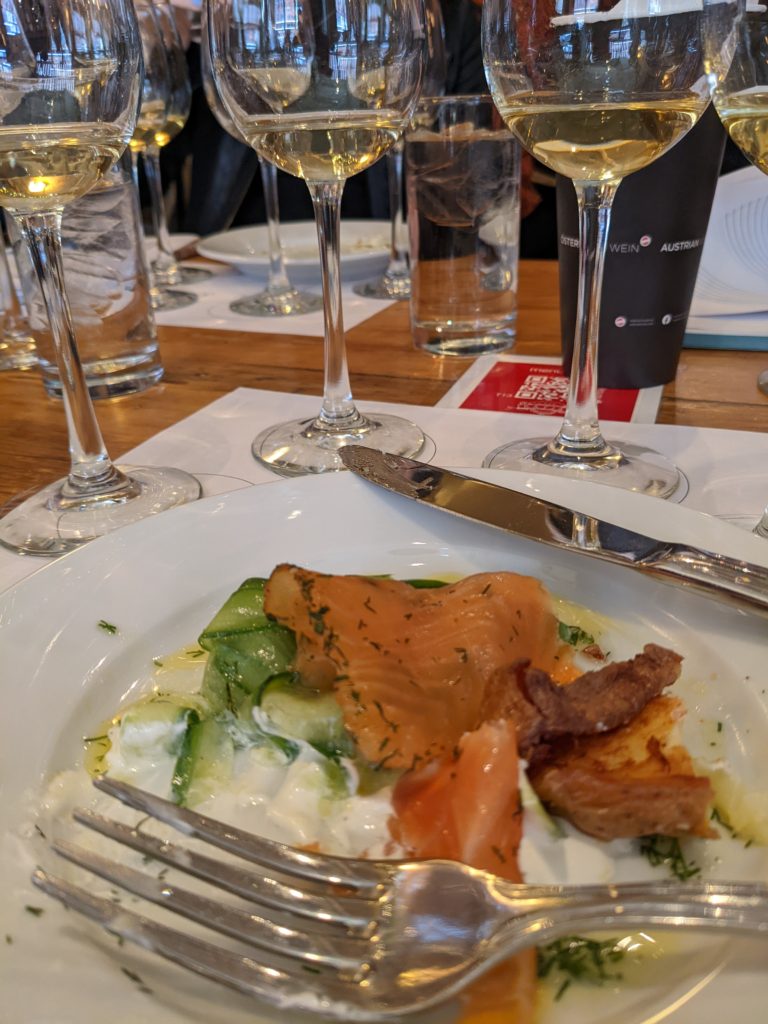
FLIGHT 1
The dill cured salmon with shaved cucumber and sour cream was presented with four whites:
*Zantho Gruner Veltliner 2020
*Thomas Straka Welschriesling Rechnitz 2020
*Kolfok Vulkan Alte Reben Gruner Veltliner 2019
*Heinrich Naked White 2018 (a blend of Chardonnay, Pnot Blanc, Muscat and Pinot Grigio)
The Naked White was my favorite pairing with the salmon for its smokiness, which echoed the smokiness in the cured fish, along with its freshness that cut through the oil of the fish.
In keeping with the shift toward less clean wine styles, two of the whites had been oak aged and one had a reductive quality to it.

FLIGHT 2
Roasted Moulard Duck with red cabbage and dumpling was paired with four “red delights”:
*Kolfok Querschnitt Rotburger & Co 2019
*Nitenhaus Blaufrankisch 2017
*Hareter Pinot Noir ohne 2018
*Falstaff Das Federviech Zweigelt Reserve 2018
I preferred the Pinot Noir with the duck for its gaminess, which matched nicely with the duck, but was very intrigued by the freshness of the Querschnitt, which utilized carbonic maceration in its production.
In this initial introduction to Austrian reds, we were advised that Blaufrankisch is usually more tannic than Zweigelt.

FLIGHT 3
Dry aged sirloin with vegetable linguine, cheese dumplings and a Zweigelt reduction was the last savory dish, served with:
*Prieler Blaufrankisch Johanneshohe 2018
*Iby Ried Hochäcker Blaufränkisch 2018
*Jalits Ried Diabas Blaufrankisch 2017
*Eichenwald Ried Durrau
Blaufrankisch 2017
Here, my pick was the Prieler, which was just lovely and had sufficient fruit, body and tannins to balance with the sirloin.
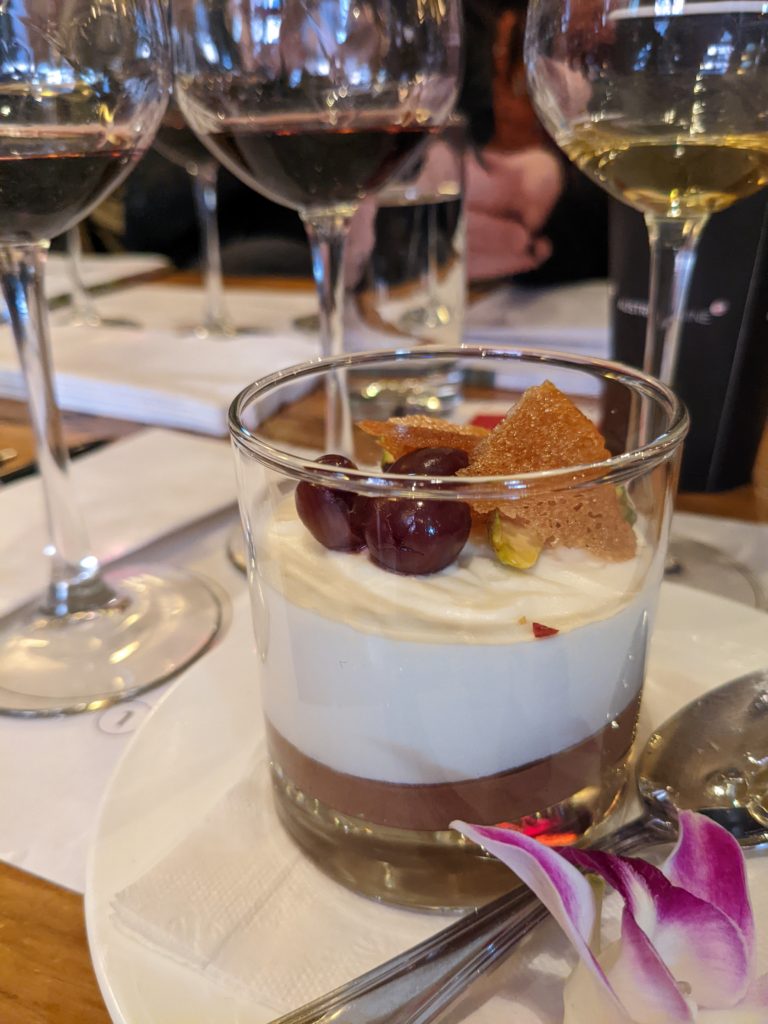
FLIGHT 4
A duo of chocolate mousse (white and dark), brandied cherries and pistachios was the final course. Featured with the “sought after” flight, it was accompanied by two reds and a dessert wine. In truth, I only enjoyed the dessert with the dessert wine, being very sensitive to the need for a wine to be as sweet (if not sweeter) than the food.
*Prieler Blaufrankisch Ried Mariental 2017
*Eichenwald, THE OAK Cuvee 2017 (a blend of Blaufrankisch, Zweigelt, Merlot and Cabernet Sauvignon)
*Heidi Schrock Ruster Ausbruch 2018 On the Wings of Dawn
While I did not enjoy these two reds with the food pairing, I did find them to be enjoyable overall and an example of some of the higher end reds coming out of Austria today. In this regard, the Prieler Blaufrankisch Ried Mariental 2017 garnered 97 points from Wine Enthusiast and retails at $108/bottle.
The botrytized Ruster Aubruch was lovely with honeyed sweetness, yet sufficient acidity to keep it from being too cloying and was a nice foil with dessert.
The key takeaway for me was that Austrian wines and especially those from Burgenland, offer up great quality, diversity and food-friendly options. There is a lot to learn (and, for the average consumer maybe too much), but ask your trusted wine associate to help guide you on your next trip to the wine store and you’ll open up a whole new world of wines.

